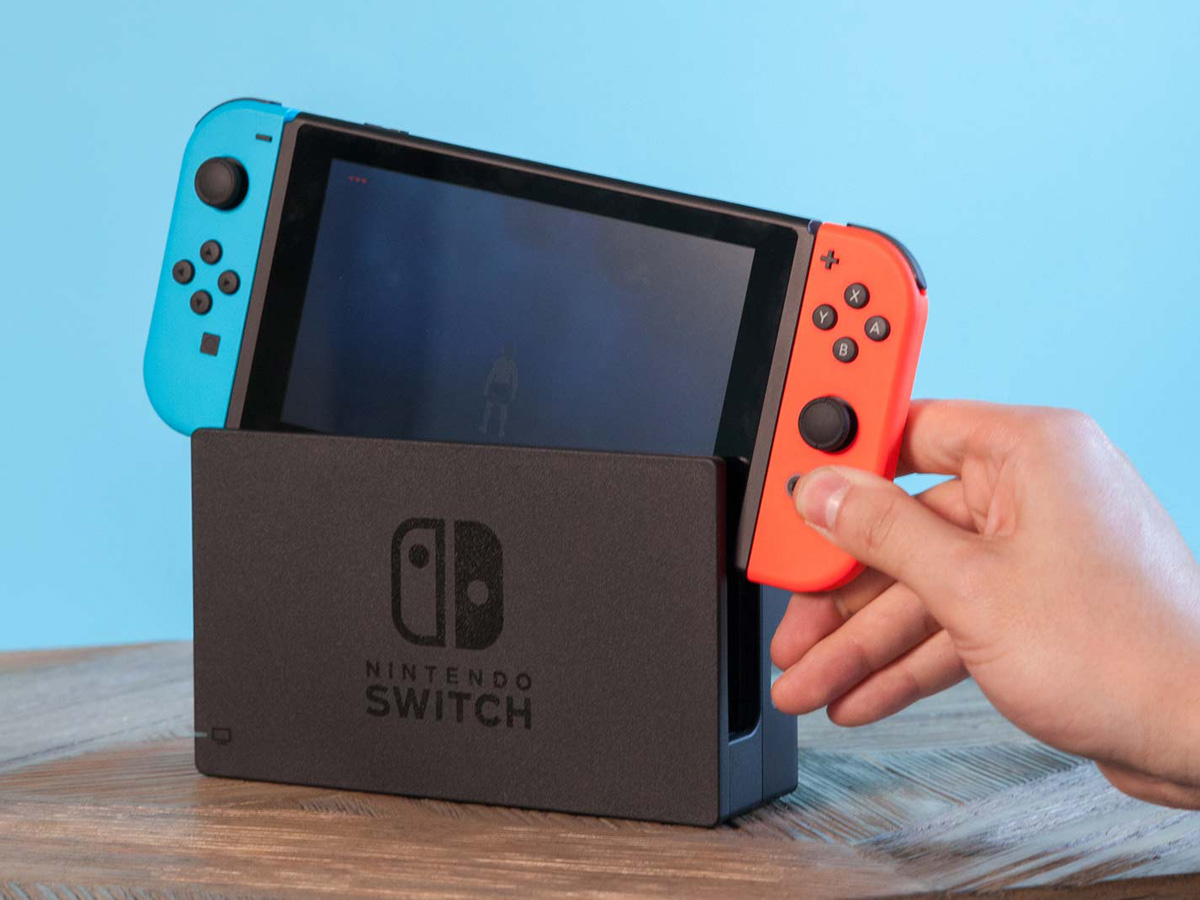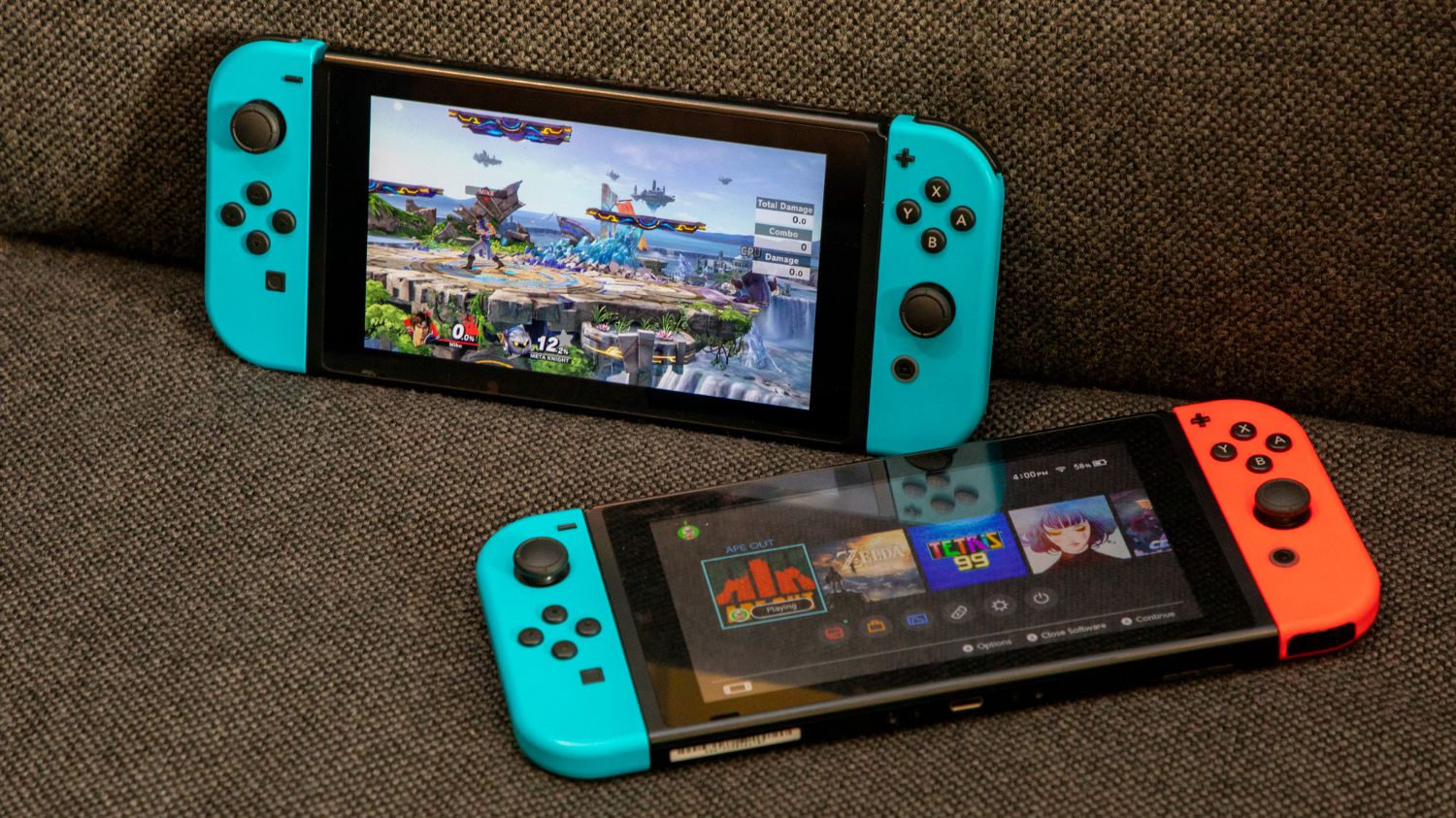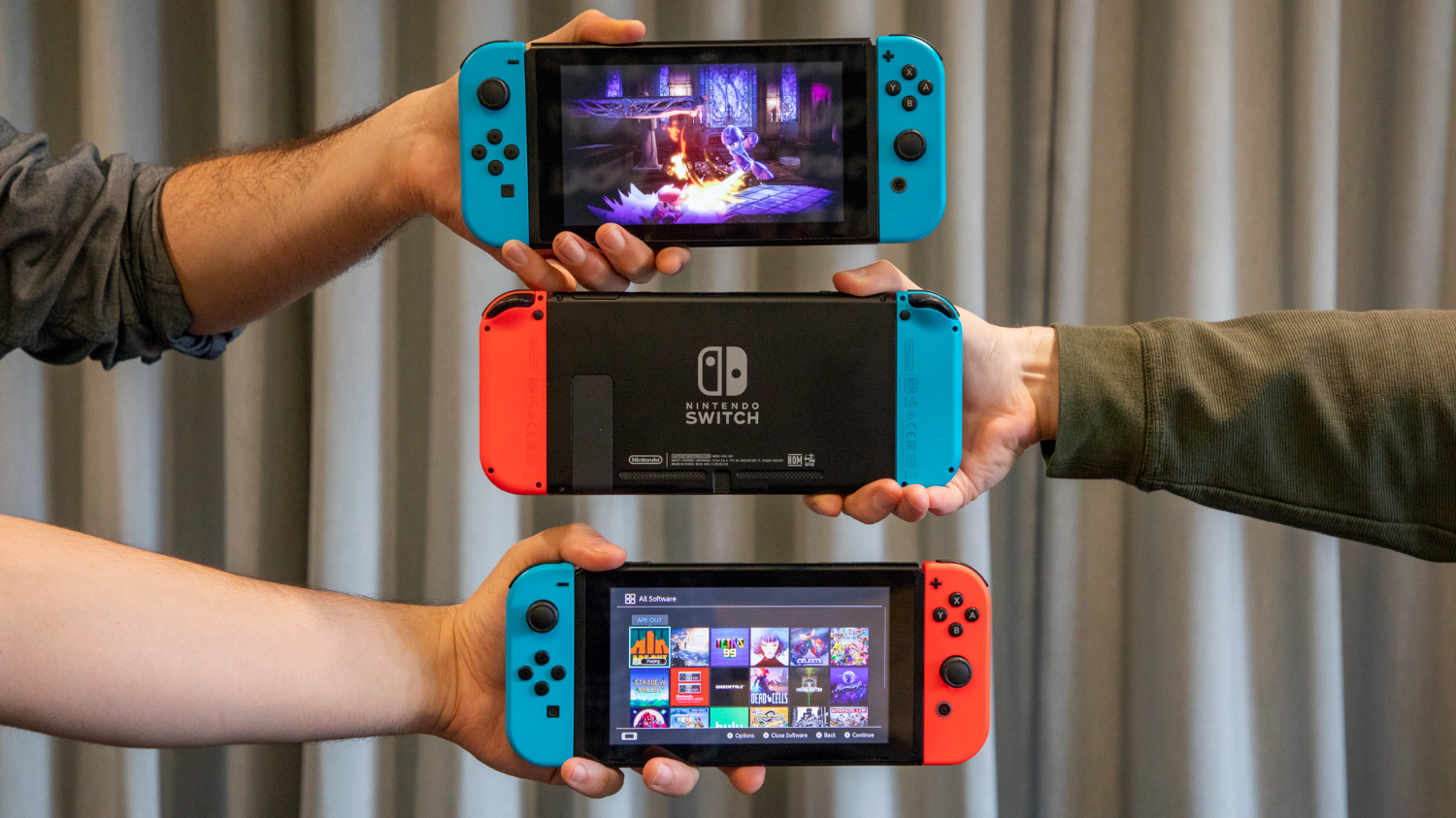How My Nintendo Switch Broke (My Heart)
If your Switch breaks — which it might, for no reason — Nintendo pretty much has you over a barrel.
Nintendo's products are so hard to kill, there's a whole meme dedicated to them. Old-school Nintendo gadgets have lived through falls, house fires and even bombs. But times change, as I learned the hard way when my Nintendo Switch bricked itself after refusing to recharge in its own dock.

Over the next grueling day, I discovered that if your Switch breaks — which it might, for no reason — Nintendo pretty much has you over a barrel. Repairs to the Switch are costly, and just about impossible to perform yourself. And, to add insult to injury, the system makes it as difficult as possible to back up your saves, unless you cough up expensive subscription fees for a substandard online service.
So, I'm not very happy with the Big N right now. But more than that, I feel that Nintendo has finally let me down. As a grown-up, I know that Nintendo is an electronics manufacturer, and it's always going to be more concerned with its bottom line than how it is perceived. But 27 years after I first fell under Super Mario's spell on the NES, it's finally hit home that my love of Nintendo is very much a one-sided affair, and that hits harder than a brick(ed Switch).
A mysterious ailment
The strangest part of this story is the way it began, as I still can't explain it. A few days ago, a call went out to the Tom's Guide staff who had their Switches on-hand. We were putting together a piece for the console's two-year anniversary, and wanted to take some new photos. I grabbed my Switch from my backpack and hit the power button. Nothing happened.

This, in and of itself, wasn't that unusual; after all, I'd played it on and off for about a week, and the battery was getting pretty low. I figured all I needed to do was plunk it down in a dock for a few minutes until it got enough charge for a few screenshots. When I dropped the Switch into the dock, it flashed a low-battery signal — then the screen went black. It's been black ever since.
After figuring out an alternate strategy for the photo shoot, I figured the machine just needed a little more time to warm up. I left it in the dock for an hour and came back to check on it. No dice. At this point, I visited the Nintendo website, which, to its credit, has a number of steps you can try if your console won't turn on. But nothing worked.
Reddit was my next stop, but no one else seemed to have quite the same problem. My battery was dead and my system refused to charge; most posts involved Switches that wouldn't charge, but still had enough battery power to try a hard reset. The only recourse for people like me seemed to be to get in touch with Nintendo and let them do the legwork.
Get instant access to breaking news, the hottest reviews, great deals and helpful tips.
A costly fix
By the time I got home that night, I'd tried every charging configuration I could think of to kickstart my Switch. I'd charged it in the dock and with the charging cord directly, with and without the Joy-Cons, and nothing had any effect. The Switch wouldn't turn on; it wasn't even getting warm. If only I knew what the exact problem was, I reasoned, I could at least try to fix it myself.
After waiting on hold with Nintendo's tech support (for much longer than the estimated 5 minutes), I finally spoke with a representative. To her credit, the rep didn't make me go through the painstaking fixes recommended by the website again; she just confirmed that I'd already tried them. She then confirmed that my system was out of warranty, and it was not Nintendo's responsibility to fix it. (The Switch's warranty is just one year, in case you were wondering.)
MORE: Nintendo Switch Two Years Later: What We Love and Hate
As long as the system was out of warranty, I figured it couldn't hurt to try fixing things myself. I explained my system's symptoms to the rep, and asked her if she could hazard a guess about what was wrong with the system, or what caused it. She said there were so many things that could go wrong with charging a system, she wouldn't even know where to start. ("Why did Nintendo design a product where so many things could go wrong while charging?" I wondered, gritting my teeth.)
To her credit, the rep knew her stuff, and got the repair process started quickly. She also assured me that I wasn't responsible for any payments until after Nintendo had fixed my Switch, just in case I had a brilliant idea on how to fix it within the next few days. But I nearly gagged when I heard the price of the repair: $120. This is almost half of what it costs to buy a brand-new console.
And yet, without so much as a clear diagnosis of what was actually wrong with my Switch, what choice did I have?
Who saves the saved games?
Well, I had precisely one other choice, which was to try to effect repairs myself. While Nintendo doesn't exactly condone everyday consumers cracking their Switches open, it doesn't actively discourage them, either. Just opening a Switch does not void the warranty, and even after the warranty is done, you can still send it in for repairs as long as you haven't damaged its inner workings or added third-party products.
I could stomach spending $120 on repairs, and I could stomach Nintendo's coy attitude toward what went wrong. But I couldn't stomach losing every single save file on my device.
Based on my Switch's particular problems, it seemed reasonable that there was some problem with the charging port. Fixing the charging port is not something that the average user can tackle (it requires a soldering iron), but swapping out the battery is. I got permission to perform a similar operation on our in-office Switch, hoping to empower my own device just long enough to get online and back up my saves.

Therein lies the problem. I could stomach spending $120 on repairs, and I could stomach Nintendo's coy attitude toward what went wrong. But I couldn't stomach losing every single save file on my device. Unlike the Xbox One, the Switch does not automatically back up saves online; unlike the PS4, the Switch does not let you copy saves to a USB drive or microSD card (even though there's a microSD slot right in the console). Instead, if you want to back up your saved data, you must pay for Nintendo's subpar online service ($20) and upload your data to the cloud.
To be fair, the Nintendo rep told me that if I could turn my Switch on, she would give me some complimentary online access in order to preserve my save files. But if not, I would probably have to kiss them goodbye forever.
MORE: Nintendo Switch Review: How Nintendo Won Me Back
With almost 100 hours in Breath of the Wild, to say nothing of Mario+Rabbids, Bayonetta 2, Tales of Vesperia and Hyrule Warriors (this is a surprisingly long game, even past the main campaign), I would have done just about anything to keep my save files intact. But thanks to a stripped screw on our office Switch, I had to abandon my daring battery-swap plan halfway through. I didn't want to cannibalize another Switch just to save my own. I realized it was time to pack up my console and send it to the professionals.
In all likelihood, they will wipe my console, send me back a refurbished unit, and call it a day.
Learning to let go
I understand that as a full-grown adult, I have more important things to worry about than the sanctity of my video game save files. But also as a full-grown adult, I don't have a whole lot of time to play video games. It was difficult enough to carve out those dozens of hours in the first place; I don't think I'll do it again, especially knowing that my Switch could just as easily malfunction and break again for no reason, leaving me up the creek a second time.

Besides, gaming isn't just a simple way to kill time between cradle and grave. My girlfriend got me my Switch as a surprise 30th birthday present. I received it just after one of my closest relatives died — and it kept me sustained through many long flights after two others died in rapid succession. When I was at my lowest, conquering a shrine in Breath of the Wild made me feel like a champion. When I was home from work, as sick as a dog, Bayonetta's smooth combat skills made me feel powerful. Even if I was doing something as pedestrian as riding the subway home from work, Tales of Vesperia was there to immerse me in a grand adventure.
The fact that Nintendo was content to build this easily breakable product, remain vague about its faults, and charge through the nose to fix it is simple insult to injury.
Oh, I'll pay the price, of course. I'll get my Switch fixed, as there's no sense in hanging onto a broken console, and I'd rather lose $120 than a whole library of games. But I don't think I'm going to play much Switch after this.
And I'm definitely going to think twice about buying Nintendo's next project.
Credit: Tom's Guide

Marshall Honorof was a senior editor for Tom's Guide, overseeing the site's coverage of gaming hardware and software. He comes from a science writing background, having studied paleomammalogy, biological anthropology, and the history of science and technology. After hours, you can find him practicing taekwondo or doing deep dives on classic sci-fi.
